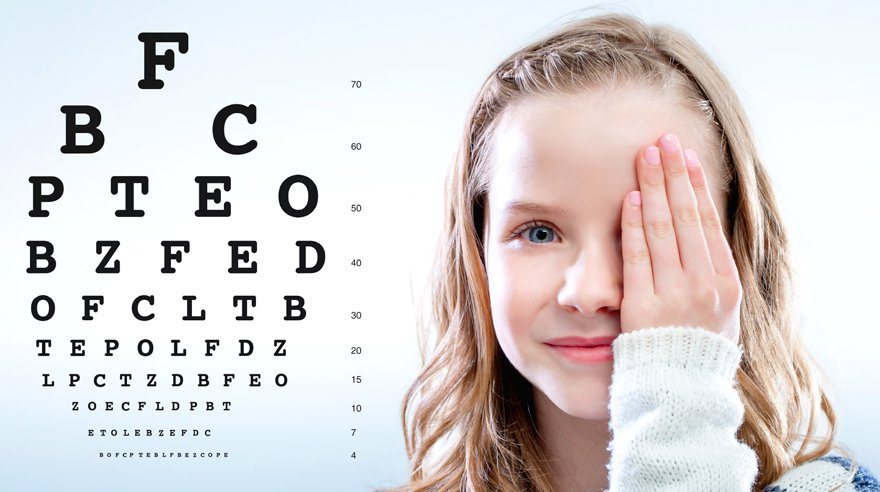Experience
When my nephew started squinting at the TV and holding books too close to his face, we first thought it was just a habit. But after a pediatric eye exam, the doctor told us he had early signs of amblyopia, commonly known as “lazy eye.” That was an eye-opener (literally!) for our family—we realized how important it is to spot eye diseases in kids before it’s too late. Early diagnosis and prevention can make a huge difference in a child’s future vision, learning, and confidence.
Introduction
Children’s eye health is often overlooked, yet vision problems are among the most common health issues they face. Many eye diseases in kids are silent—they don’t always show obvious symptoms until the condition has worsened. That’s why spotting early warning signs and preventing complications is essential. Eye diseases such as amblyopia, strabismus, refractive errors (nearsightedness, farsightedness, astigmatism), and even congenital cataracts can be treated effectively if diagnosed early.
In this review, we’ll discuss how parents can spot potential eye problems in children, the most common pediatric eye diseases, prevention strategies, and why early treatment matters.
Main Features
- Common Eye Diseases in Kids
- Amblyopia (Lazy Eye): Reduced vision in one eye because the brain favors the other. Without treatment, it can lead to permanent vision loss.
- Strabismus (Crossed Eyes): Eyes don’t align properly, which can cause double vision and affect depth perception.
- Refractive Errors: Nearsightedness, farsightedness, and astigmatism are common in children and can impact school performance if left uncorrected.
- Congenital Cataracts: Rare but serious, can cause blurry vision and developmental delays if not treated quickly.
- Pediatric Glaucoma: Increased eye pressure in kids can damage the optic nerve and affect vision permanently.
- Early Warning Signs Parents Should Watch For
- Squinting or tilting the head when looking at objects.
- Frequent eye rubbing even when not tired.
- Light sensitivity or watery eyes.
- Difficulty reading, sitting too close to screens, or falling behind in schoolwork.
- Misaligned eyes or frequent blinking.
- Importance of Regular Eye Exams
- Pediatricians recommend eye screening at 6 months, 3 years, and before starting school.
- Comprehensive eye exams detect problems that school vision tests may miss.
- Early detection allows for corrective treatments like glasses, patching therapy, or even minor surgeries.
- Prevention Strategies
- Ensure kids have proper nutrition rich in Vitamin A, Omega-3, and antioxidants to support eye health.
- Limit screen time and encourage outdoor activities, which help reduce the risk of myopia.
- Protect children’s eyes from UV rays by using kid-friendly sunglasses when outdoors.
- Maintain hygiene to prevent eye infections like conjunctivitis (pink eye).
- Treatment Options Available Today
- Glasses or contact lenses for refractive errors.
- Patching therapy for amblyopia to strengthen the weaker eye.
- Corrective surgery for severe strabismus or congenital cataracts.
- Medications or surgery for pediatric glaucoma.
Conclusion
Eye health in children is not something to take lightly. The earlier parents recognize warning signs and seek medical advice, the better the chances of preventing long-term vision problems. With the right combination of regular checkups, proper lifestyle habits, and advanced treatments, kids can enjoy healthy eyesight for life. Don’t wait until it’s too late—protecting your child’s vision today means protecting their future.
